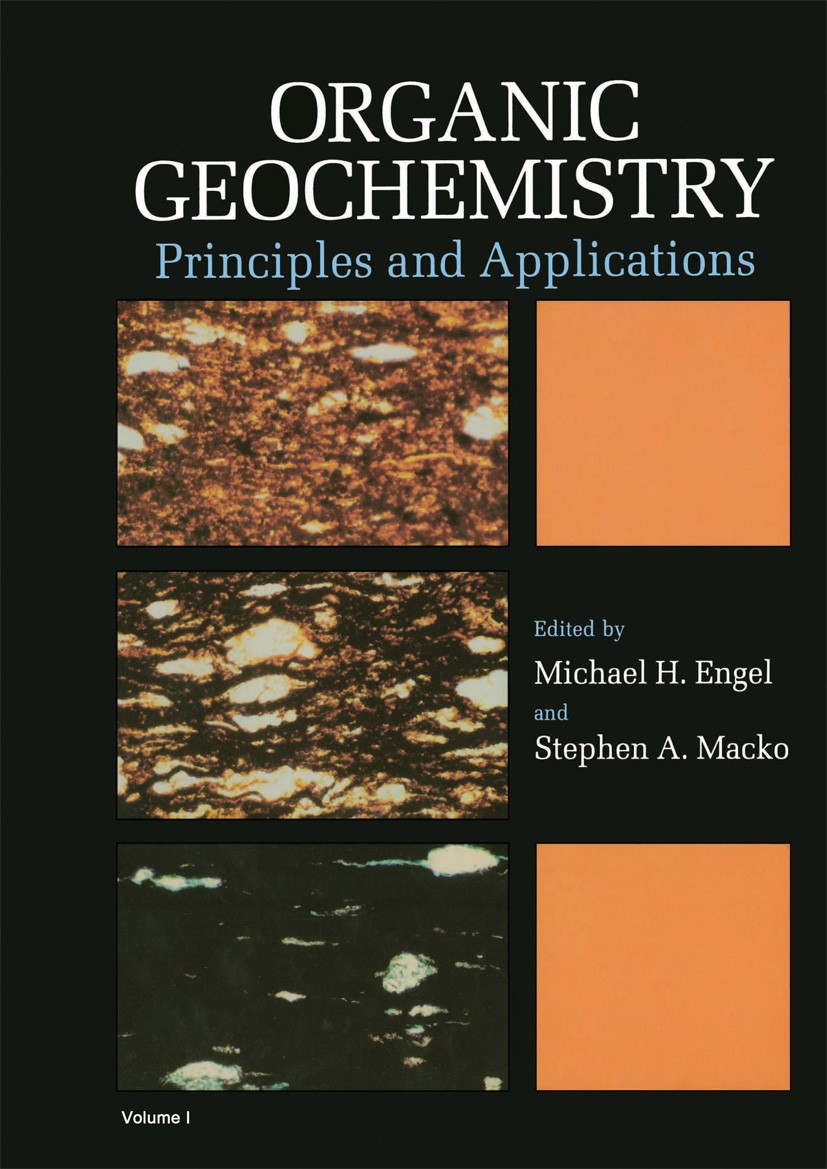A matter of extraction – Extraction yields and ratios of faecal lipid biomarker from archaeological soils using Soxhlet, microwave-assisted and accelerated-solvent extraction
IF 2.6
3区 地球科学
Q2 GEOCHEMISTRY & GEOPHYSICS
引用次数: 0
Abstract
The performance of Soxhlet (SOX), microwave-assisted (MAE) and accelerated-solvent extraction (ASE) in the analysis of faecal lipid biomarkers (FLB, Δ5-sterols, stanols, stanones) from archaeological soils was investigated to assess effectiveness and reproducibility of the extraction methods. Results from two Anthrosols that were analysed in six replicates show that SOX achieves significantly higher extraction yields for individual substances and steroid sums than MAE, while ASE produces the lowest lipid yields. Regarding the FLB ratios, which are used for sourcing of faeces, the three extraction methods show comparable values with three out of five ratios differing significantly between different soil samples. The reproducibility of extraction yields decreases with SOX > ASE > MAE, as well as for concentrations <100 ng g−1 sediment. Analyses of six different soils indicate a weak influence of soil properties (pH, texture, total organic carbon and cation exchange capacity) on the effectiveness of extraction methods. From our study we conclude that the classical SOX is still the preferred extraction approach when reliably higher FLB yields are of foremost interest or low concentrations are expected, as it is most effective and reproducible. However, considering the drawbacks of SOX (high extraction times and high solvent consumption), MAE and ASE appear to be comparably attractive for extracting FLBs in archaeological contexts. In addition to comparable FLB ratios, MAE and ASE are economically more efficient, as they reach a higher sample throughput and waste lower amounts of extractant.
提取问题--使用索氏提取法、微波辅助提取法和加速溶剂提取法提取考古土壤中的粪便脂质生物标志物的产量和比率
研究了索氏提取(SOX)、微波辅助提取(MAE)和加速溶剂萃取(ASE)在分析考古土壤中粪便脂质生物标志物(FLB、Δ5-甾醇、甾醇、甾酮)方面的性能,以评估提取方法的有效性和可重复性。对两种炭溶胶进行六次重复分析的结果表明,SOX 的单个物质和类固醇总萃取率明显高于 MAE,而 ASE 的脂质萃取率最低。至于用于确定粪便来源的 FLB 比值,三种萃取方法的数值相当,不同土壤样本之间的五个比值中有三个存在显著差异。提取率的重现性随着 SOX、ASE、MAE 以及浓度为 100 纳克/克-1 的沉积物而降低。对六种不同土壤的分析表明,土壤性质(pH 值、质地、总有机碳和阳离子交换容量)对萃取方法的有效性影响较小。根据我们的研究,我们得出的结论是,当对可靠的较高 FLB 产量最感兴趣或预期浓度较低时,传统的 SOX 仍是首选的萃取方法,因为它最有效且可重复。不过,考虑到 SOX 的缺点(萃取时间长、溶剂消耗量大),MAE 和 ASE 对于在考古环境中萃取 FLB 似乎具有相当的吸引力。除了具有可比的FLB比率外,MAE和ASE还具有更高的经济效益,因为它们可以达到更高的样品处理量,浪费更少的萃取剂。
本文章由计算机程序翻译,如有差异,请以英文原文为准。
求助全文
约1分钟内获得全文
求助全文
来源期刊

Organic Geochemistry
地学-地球化学与地球物理
CiteScore
5.50
自引率
6.70%
发文量
100
审稿时长
61 days
期刊介绍:
Organic Geochemistry serves as the only dedicated medium for the publication of peer-reviewed research on all phases of geochemistry in which organic compounds play a major role. The Editors welcome contributions covering a wide spectrum of subjects in the geosciences broadly based on organic chemistry (including molecular and isotopic geochemistry), and involving geology, biogeochemistry, environmental geochemistry, chemical oceanography and hydrology.
The scope of the journal includes research involving petroleum (including natural gas), coal, organic matter in the aqueous environment and recent sediments, organic-rich rocks and soils and the role of organics in the geochemical cycling of the elements.
Sedimentological, paleontological and organic petrographic studies will also be considered for publication, provided that they are geochemically oriented. Papers cover the full range of research activities in organic geochemistry, and include comprehensive review articles, technical communications, discussion/reply correspondence and short technical notes. Peer-reviews organised through three Chief Editors and a staff of Associate Editors, are conducted by well known, respected scientists from academia, government and industry. The journal also publishes reviews of books, announcements of important conferences and meetings and other matters of direct interest to the organic geochemical community.
 求助内容:
求助内容: 应助结果提醒方式:
应助结果提醒方式:


